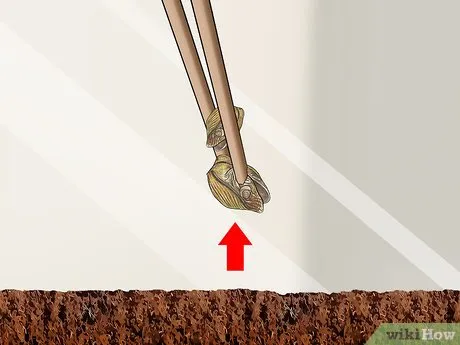Understanding Tarantula Poop Basics
Caring for a tarantula is a rewarding experience, but it comes with responsibilities, and one of those is understanding how to clean tarantula poop. While it might not be the most glamorous aspect of tarantula ownership, regular cleaning is crucial for your pet’s health and well-being. This ultimate guide will walk you through everything you need to know about tarantula poop, from identifying it to maintaining a spotless habitat. Proper cleaning prevents the buildup of bacteria, mold, and other harmful substances, ensuring your tarantula lives a long and healthy life. It also helps in controlling unpleasant odors that can arise from a neglected enclosure. By following these guidelines, you can become a responsible and informed tarantula owner.
What Does Tarantula Poop Look Like
Identifying tarantula poop is the first step in the cleaning process. Tarantula poop typically appears as small, dark, solid pellets, often resembling tiny, compacted soil particles or dark specks. The color can vary depending on the tarantula’s diet, but it’s usually dark brown or black. These droppings are relatively easy to spot against the substrate, making them simple to remove during routine cleaning. It’s important to distinguish tarantula poop from uneaten food items or molted exoskeleton, which are also commonly found in the enclosure. The droppings are generally dry and firm, while uneaten food may appear softer and sometimes show signs of decay. Regular observation will help you become familiar with the appearance of your tarantula’s waste.
Why Is Cleaning Tarantula Poop Important
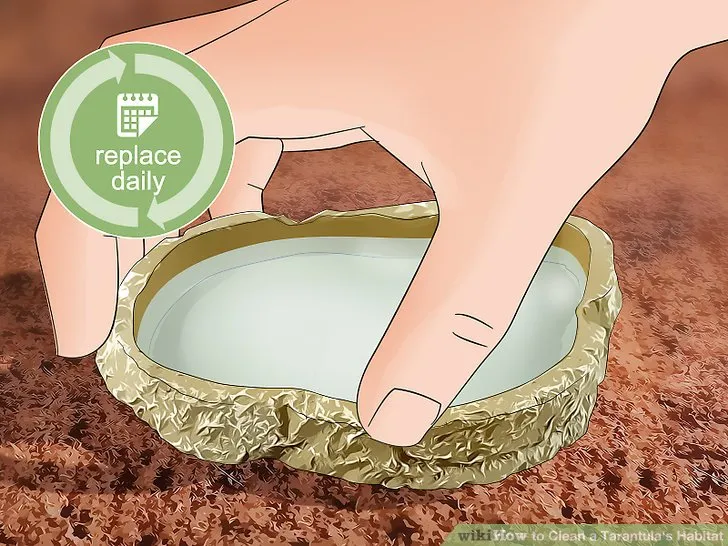
Cleaning tarantula poop is vital for several reasons. Firstly, it helps maintain a healthy environment for your tarantula. Accumulated waste can attract pests, such as mites, which can be harmful to your pet. Secondly, it prevents the growth of bacteria and mold, which can lead to respiratory issues or other infections in your tarantula. Thirdly, regular cleaning controls unpleasant odors, making your home a more pleasant place. By promptly removing droppings, you’re also reducing the risk of potential diseases and promoting a cleaner and more comfortable living space for your tarantula. A clean habitat contributes significantly to the overall health and happiness of your tarantula, enabling it to thrive.
Essential Tools for Tarantula Enclosure Cleanup
Having the right tools makes cleaning your tarantula’s enclosure much easier and more effective. The primary tools you’ll need include a small scoop or spoon, ideally with a long handle, to reach all areas of the enclosure. A pair of disposable gloves are crucial to protect your hands from any potential pathogens or irritants. Tweezers can be helpful for removing small debris or droppings that are difficult to reach with the scoop. A spray bottle filled with a diluted, reptile-safe disinfectant is essential for sanitizing the enclosure. Be sure to use a disinfectant that is safe for tarantulas and does not contain harsh chemicals. Finally, a container for disposing of the waste is necessary. Having all the necessary tools readily available will streamline the cleaning process, making it more efficient and less stressful for both you and your tarantula.
Substrate Removal and Replacement
In addition to removing poop, periodic substrate replacement is necessary to maintain a healthy environment. The frequency of substrate replacement depends on the type of substrate used and the size of the enclosure, but a general guideline is to replace a portion of the substrate every month or completely change it every few months. When replacing the substrate, carefully remove all the old substrate using the scoop and discard it. Thoroughly clean and disinfect the enclosure before adding fresh substrate. The new substrate should be of the same type and quality as the original, ensuring a comfortable and safe environment for your tarantula. Always ensure that the substrate is appropriate for your tarantula species, considering its moisture and burrowing preferences.
Step-by-Step Guide for Cleaning Tarantula Poop
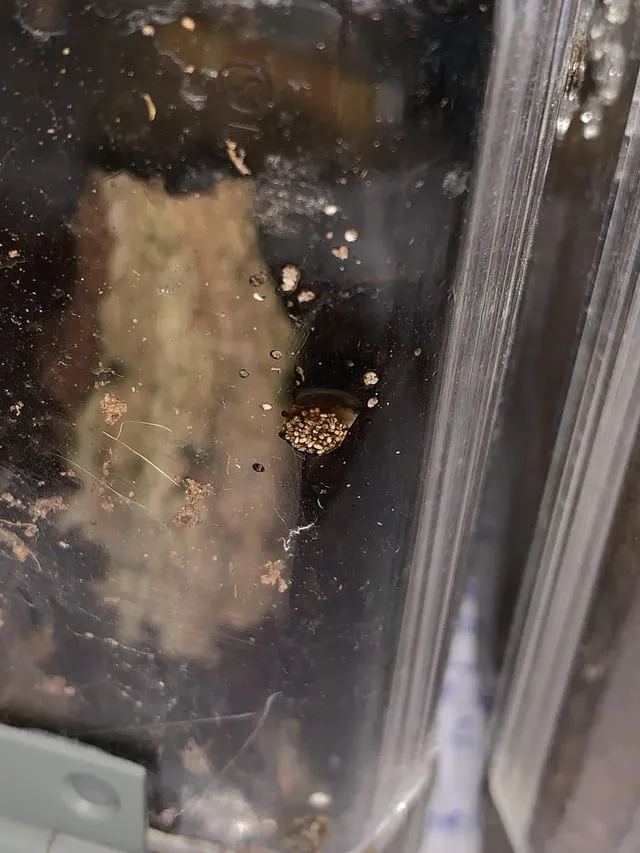
Cleaning a tarantula’s enclosure is a straightforward process when you follow a systematic approach. First, gather all the necessary tools, including gloves, a scoop, tweezers, a spray bottle with disinfectant, and a waste disposal container. Put on your gloves to protect your hands. Carefully remove any decorations or hides from the enclosure, placing them aside. Using the scoop or tweezers, gently remove all visible droppings, being careful not to disturb your tarantula. Dispose of the waste in the designated container. After removing the poop, spray the enclosure with a reptile-safe disinfectant, making sure to cover all surfaces. Allow the disinfectant to sit for the recommended time before wiping down the enclosure with a clean cloth or paper towels. Finally, replace the decorations and hides, and return your tarantula to its clean habitat.
Identify Poop Locations
Tarantulas often have preferred spots for eliminating waste, making it easier to locate and clean up the poop. Many tarantulas tend to defecate in a corner of their enclosure or near their hides. By observing your tarantula’s behavior, you can identify these common areas and focus your cleaning efforts there. Also, droppings can be found near the feeding area where tarantulas eat, so it is important to inspect that area too. Regularly checking these spots during your routine cleaning will help you efficiently remove waste and maintain a clean habitat. Note that some tarantulas may change their habits or preferred spots over time, so occasional observation is key.
Gentle Removal Techniques
When removing tarantula poop, it’s crucial to use gentle techniques to avoid stressing or harming your pet. Avoid making sudden movements or creating loud noises that could startle the tarantula. Use the scoop or tweezers to carefully lift the droppings without disturbing the substrate excessively. If the poop is stuck to the substrate, gently loosen it with the scoop instead of forcefully pulling it. Try to remove the poop without altering the setup too much to keep your tarantula comfortable. Being patient and calm will make the process less stressful for both you and your tarantula. Remember that the primary goal is to clean the enclosure with minimal disruption.
Substrate Sanitation
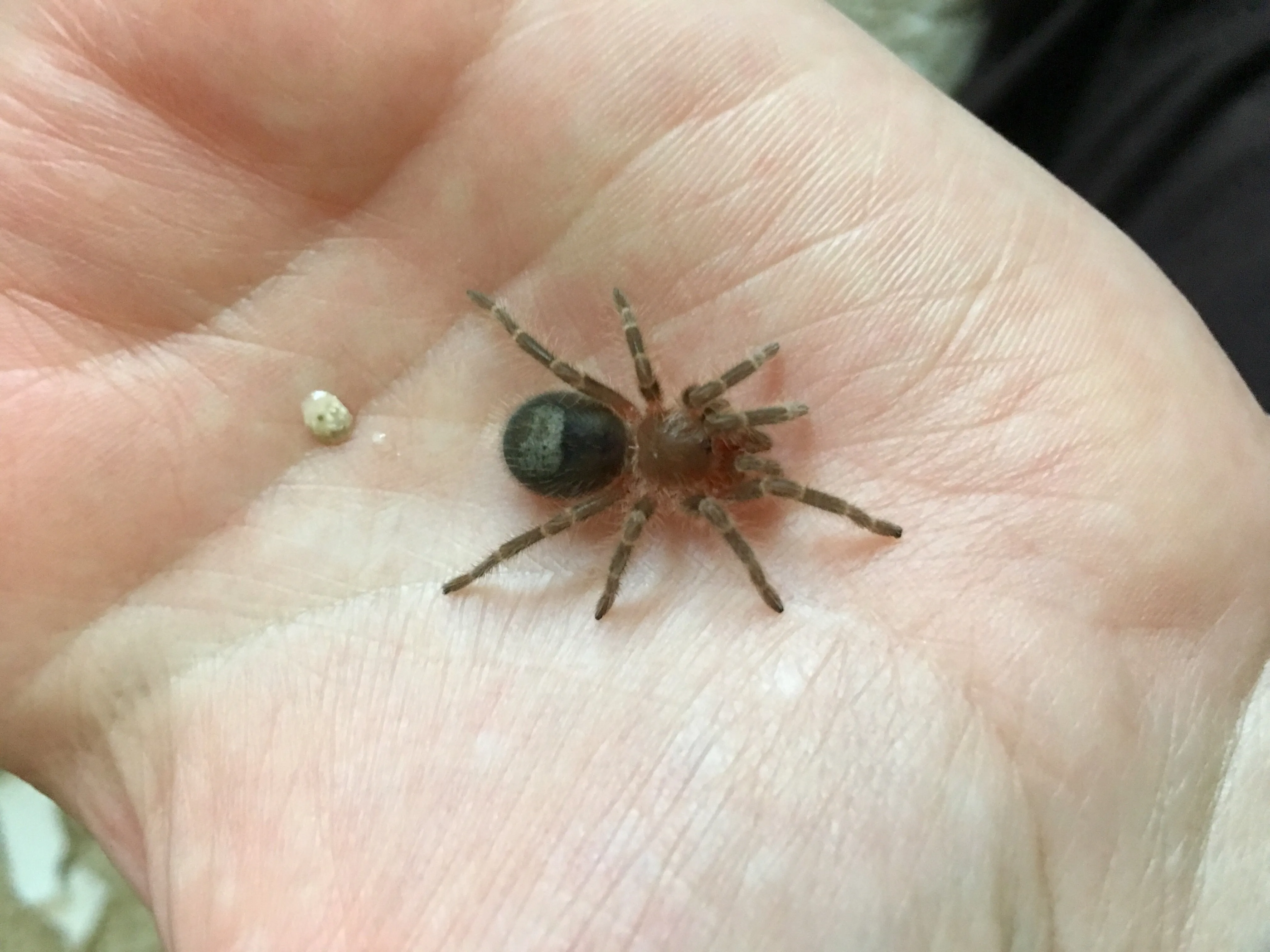
Substrate sanitation is a critical step in maintaining a healthy tarantula habitat. Even after removing the visible poop, the substrate may still contain bacteria and other microorganisms. Regularly sanitizing the substrate helps eliminate these potential hazards. You can spot-clean the substrate daily or every few days. If you notice mold, it is necessary to replace the substrate in that area. When spot-cleaning, use a reptile-safe disinfectant and spray it lightly over the substrate. Allow the disinfectant to air dry before returning the tarantula to its enclosure. For a complete substrate change, discard all the old substrate and replace it with fresh, clean substrate. Be certain the new substrate is the proper type for your tarantula and is properly moist. Regular substrate sanitation is key to preventing disease and promoting your tarantula’s well-being.
Enclosure Disinfection
Besides cleaning the substrate, disinfecting the enclosure itself is also very important. Tarantula enclosures can harbor bacteria, mold, and other harmful microorganisms that can affect your pet’s health. To disinfect the enclosure, first remove your tarantula to a safe temporary enclosure or container. Then, thoroughly clean the enclosure with warm water and mild soap. Rinse it well to remove any soap residue. Spray the entire enclosure with a reptile-safe disinfectant, ensuring all surfaces are covered. Allow the disinfectant to sit for the recommended time, usually 10-15 minutes, before wiping down the enclosure with a clean cloth or paper towels. After disinfecting, ensure the enclosure is completely dry before returning your tarantula. Regular enclosure disinfection helps to prevent the spread of disease and keeps your tarantula’s habitat clean and safe.
Maintaining a Clean Tarantula Habitat
Maintaining a clean tarantula habitat requires a consistent routine and proactive approach. Regular spot-cleaning to remove droppings is the first step. Monitor the enclosure for any signs of mold, unusual odors, or pest activity. Also, replace the substrate periodically to prevent the buildup of waste and contaminants. Inspect the enclosure regularly, making sure all decorations and hides are clean and in good condition. Ensure the ventilation is adequate, which helps to prevent mold growth. Adjust the humidity and temperature levels based on your tarantula’s needs. By consistently performing these tasks, you’ll create a healthy, safe, and comfortable environment for your tarantula. This helps ensure your pet’s well-being.
Frequency of Cleaning
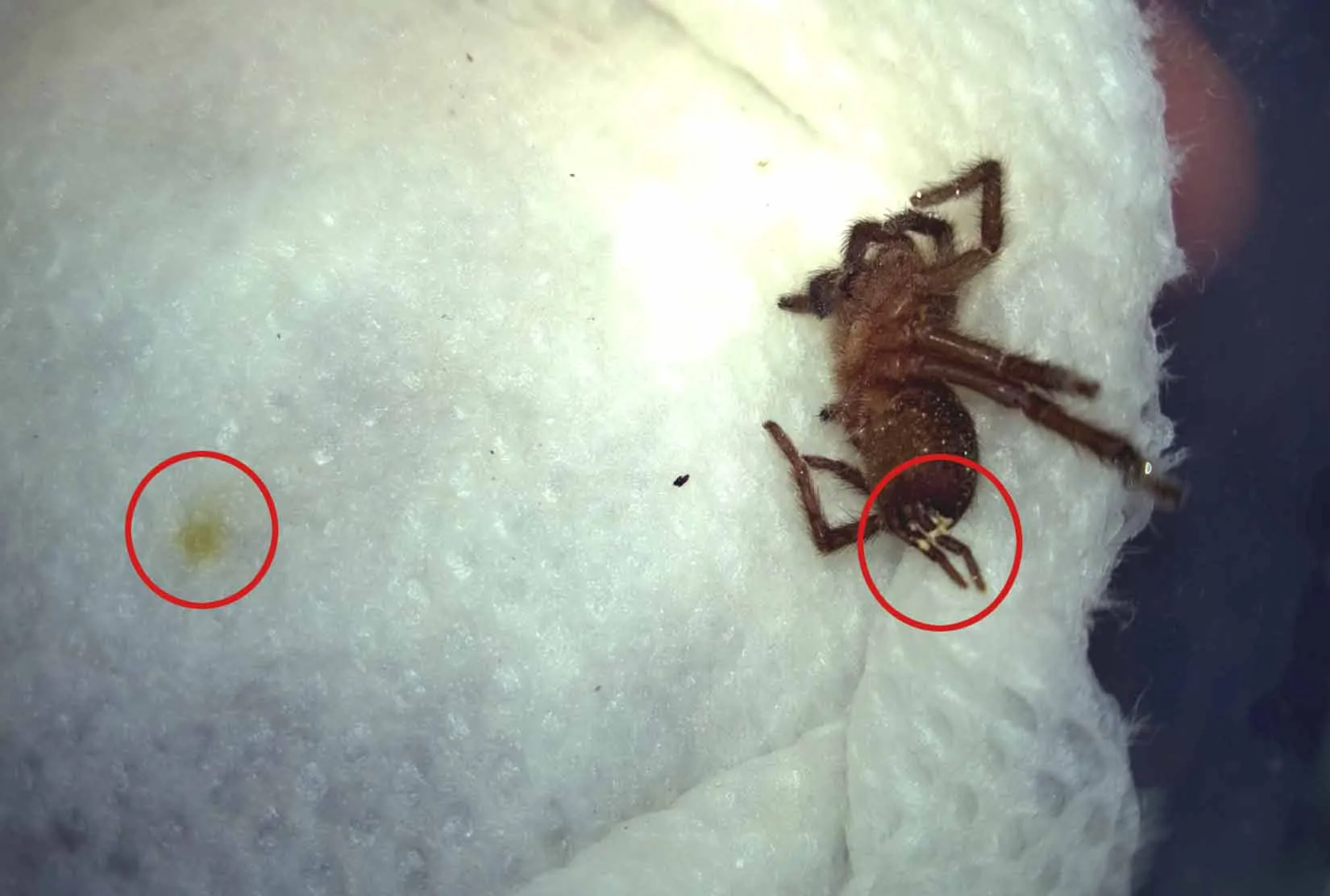
The frequency of cleaning your tarantula’s enclosure depends on various factors, including the size of the enclosure, the type of substrate used, and the size of your tarantula. As a general rule, spot-clean the enclosure at least once or twice a week to remove visible droppings. Replace a portion of the substrate every month or two and perform a complete substrate change every few months, depending on your observations and the enclosure’s condition. Regularly inspect the enclosure for signs of mold or pest infestations, which may require more frequent cleaning. Proper cleaning will promote a healthier habitat and prevent the buildup of waste.
Preventative Measures
Taking preventative measures can help to minimize the need for extensive cleaning and maintenance. One key step is to provide appropriate ventilation in the enclosure to prevent moisture buildup, which can promote mold growth. Avoid overfeeding your tarantula, as uneaten food can rot and attract pests. Ensure the substrate is the appropriate type for your tarantula, as some substrates are more prone to retaining moisture. Regularly inspect the enclosure for any signs of problems and address them promptly. Provide a varied diet and ensure proper temperature and humidity levels to help your tarantula stay healthy. By taking these preventative measures, you can keep your tarantula’s habitat clean and reduce the frequency and intensity of cleaning tasks.
Common Mistakes to Avoid
Avoiding common mistakes ensures effective cleaning and prevents harm to your tarantula. Over-cleaning is a frequent mistake, as excessive cleaning can disrupt the tarantula’s environment and stress it. On the other hand, failing to clean regularly can result in a buildup of waste, leading to potential health problems. Similarly, using harsh chemicals or household cleaners can be toxic to your tarantula and should be strictly avoided. Always use reptile-safe disinfectants and follow the manufacturer’s instructions. Failing to replace the substrate regularly can also create an unhealthy environment. Being aware of these mistakes and following the recommended guidelines will help you maintain a safe and clean habitat for your tarantula.
Over-Cleaning
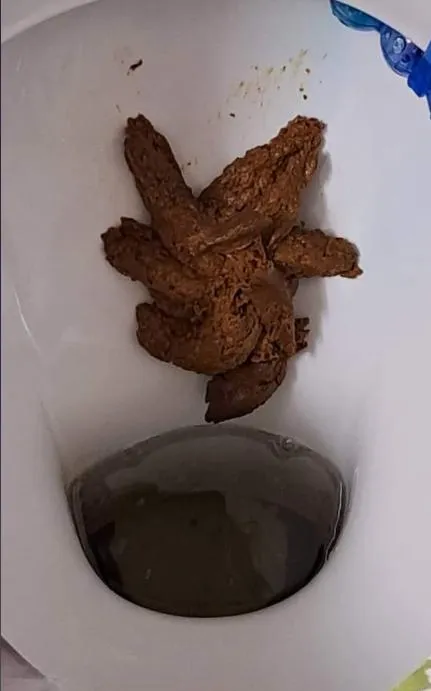
Over-cleaning can be just as harmful as insufficient cleaning. While it’s important to maintain a clean enclosure, excessive cleaning can stress your tarantula, disrupt its natural behaviors, and remove beneficial bacteria in the substrate. Avoid cleaning the enclosure too frequently, especially if the substrate is relatively clean. Focus on spot-cleaning the droppings and replacing the substrate at recommended intervals. Be mindful of your tarantula’s behavior and avoid disturbing its habitat unnecessarily. A balanced approach to cleaning involves regular spot-cleaning combined with periodic substrate changes and enclosure disinfection. This approach ensures a healthy environment without causing undue stress to your tarantula.
Using Harsh Chemicals
Using harsh chemicals is a serious mistake that can cause significant harm to your tarantula. Household cleaners and disinfectants often contain toxic ingredients that can be harmful to tarantulas. These chemicals can be absorbed through their exoskeleton or inhaled, leading to respiratory issues, skin irritation, or even death. Always use reptile-safe disinfectants specifically designed for use in tarantula enclosures. Follow the manufacturer’s instructions carefully and ensure the enclosure is thoroughly rinsed and dried before returning your tarantula. If you’re unsure about a cleaning product, err on the side of caution and consult with a veterinarian or experienced tarantula owner. Protect your pet by always using safe and appropriate cleaning products.
Conclusion
Cleaning tarantula poop is an essential part of responsible tarantula ownership. By understanding the basics of tarantula waste, having the right tools, and following a systematic cleaning approach, you can maintain a healthy, comfortable, and safe environment for your pet. Regular cleaning helps prevent the buildup of bacteria, mold, and pests, while also controlling unpleasant odors. Avoid common mistakes such as over-cleaning and using harsh chemicals. With proper care and consistent cleaning, you can ensure that your tarantula thrives. A clean enclosure promotes the well-being of your tarantula and allows you to enjoy a happy and healthy pet. So, embrace the responsibility of cleaning, and relish the rewarding experience of owning a fascinating creature.
